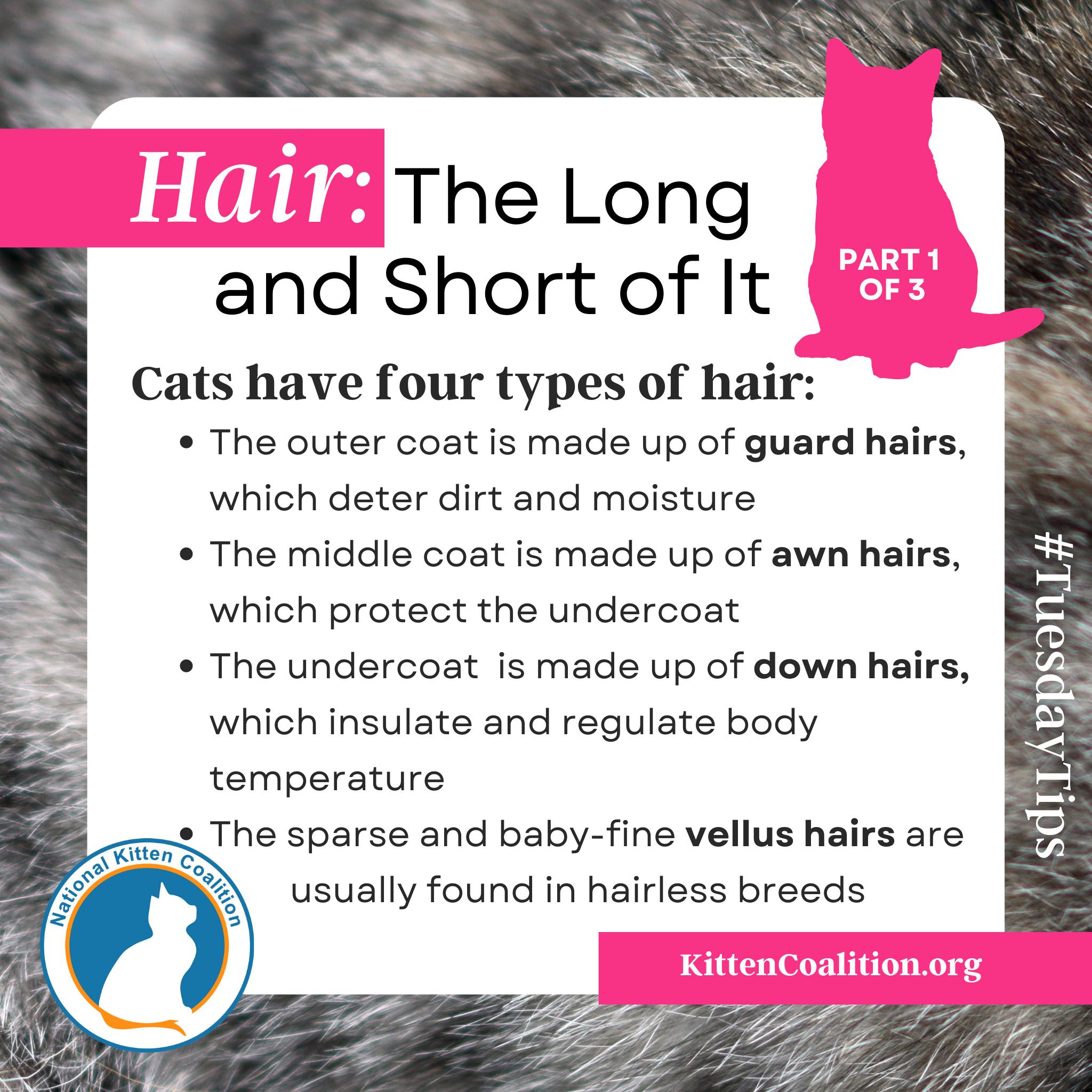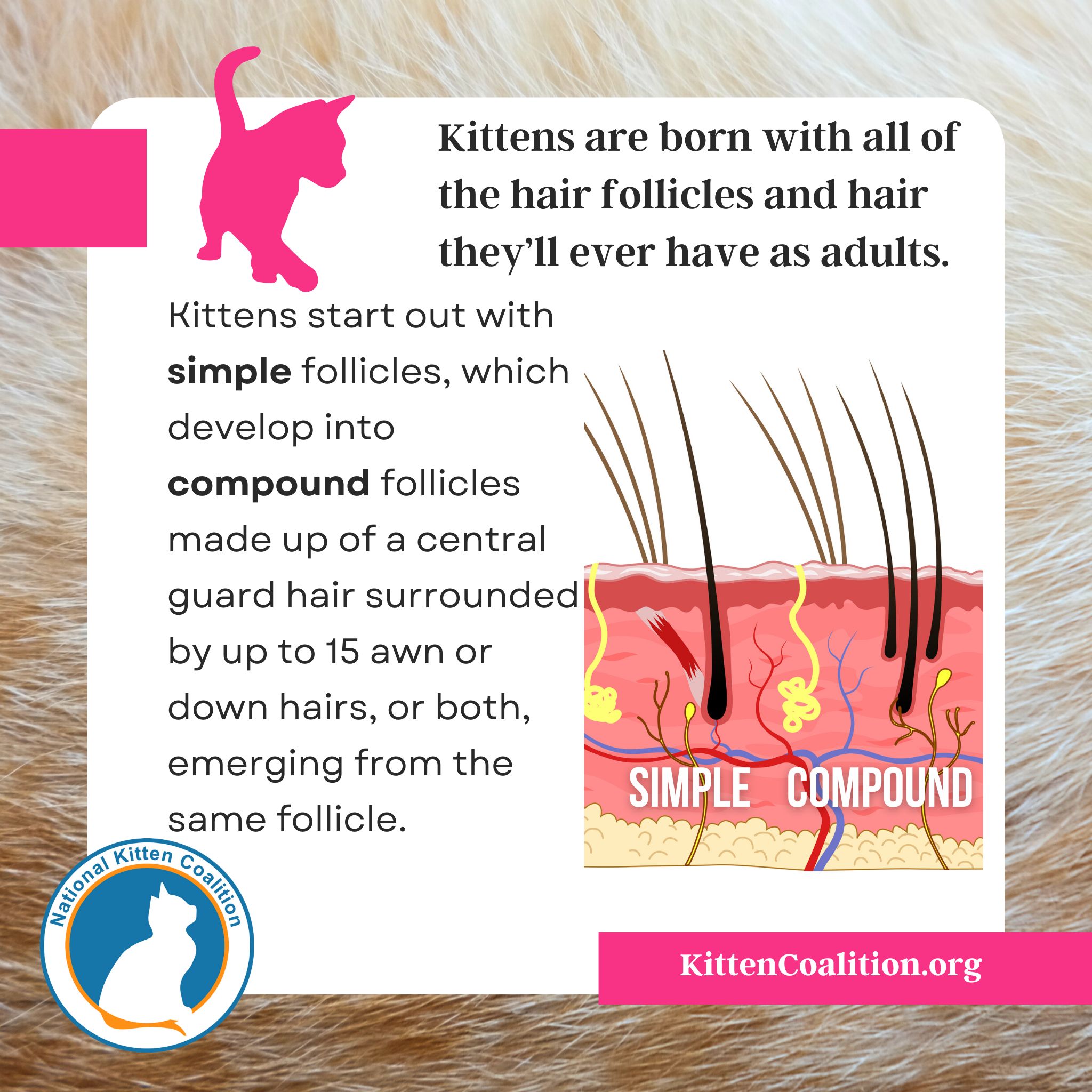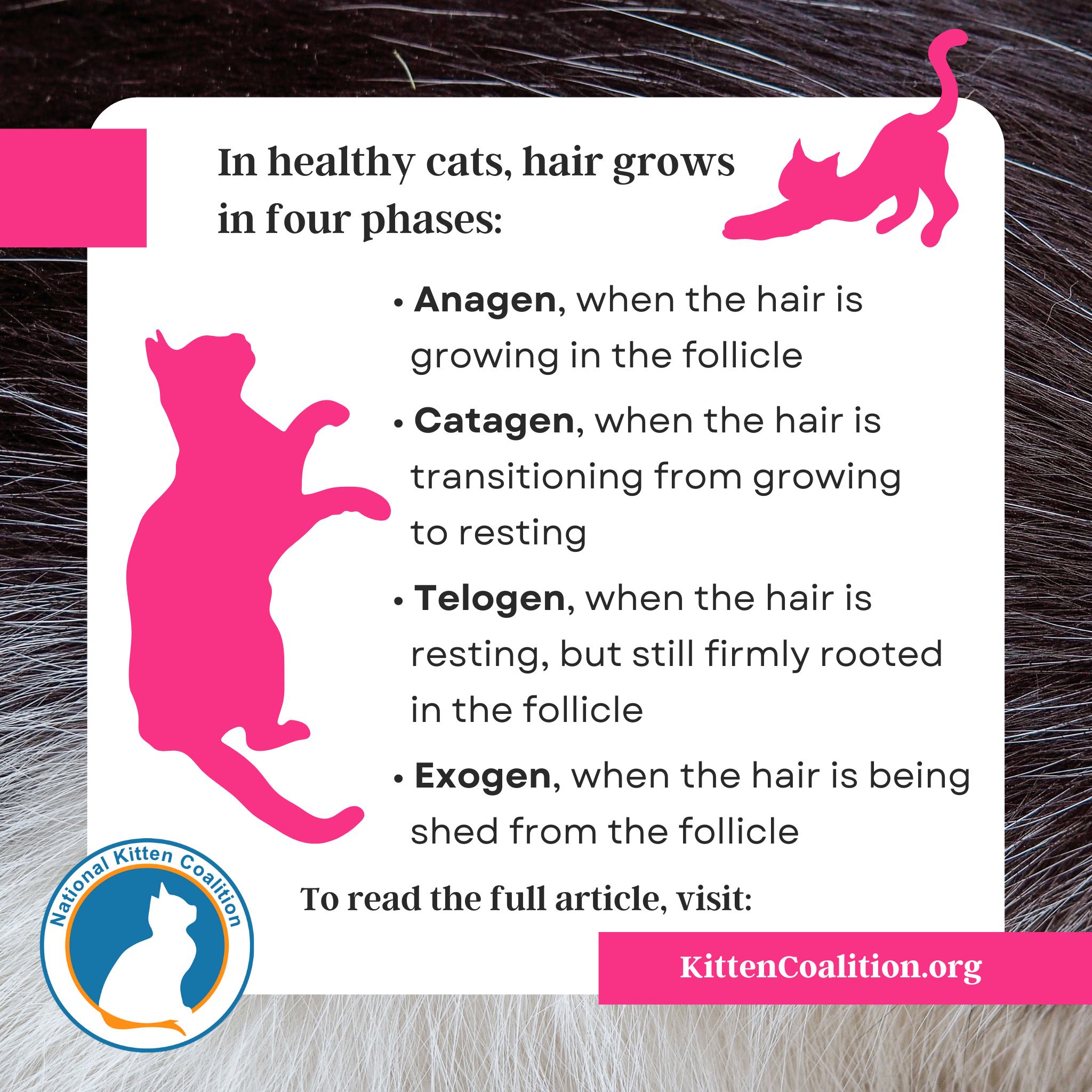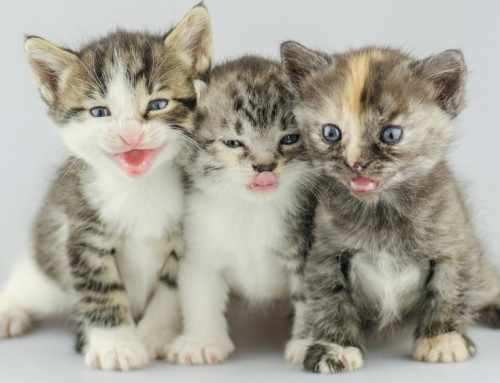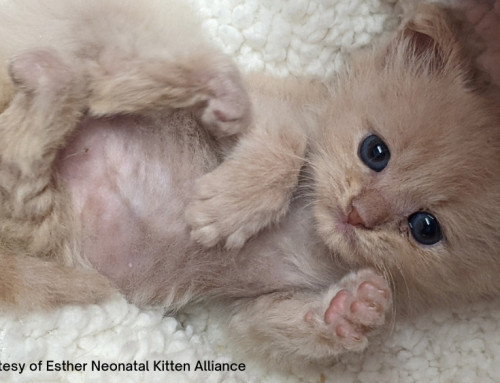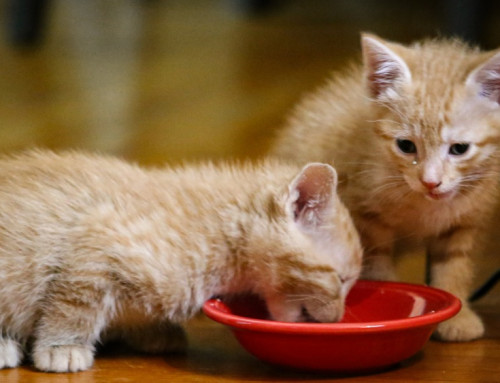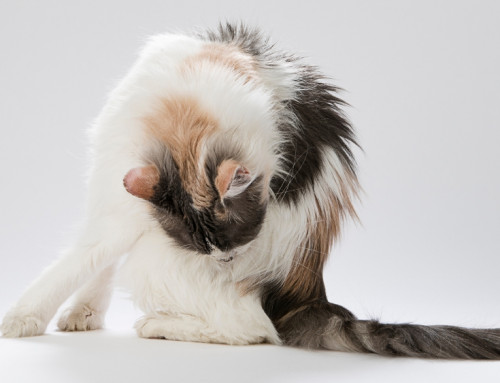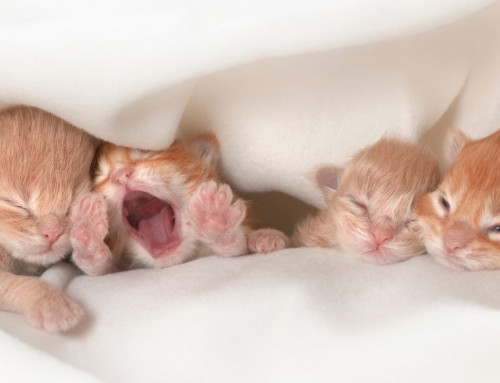Share this resource or email it to a friend!
In part 1 of this 3-part series, we discuss what hair is, hair types and how hair grows. We discuss hair colors, patterns and lengths in part 2 and grooming in part 3.
When is a furball not a hairball? When it’s a kitten! Although people may use the words fur and hair interchangeably, fur more accurately refers to a collection of hairs that protects a cat’s skin from cold, heat and ultraviolet light damage, helps regulate body temperature and conceals the cat from prey and predators. Cat breeders often refer to a cat’s fur as a coat.
Hair more accurately refers to a single strand or strands and is made of a hard substance called keratin. Hormones have a significant effect on the growth of hair. Disease, drugs, nutrition and environment also affect the health of hair.
Cats have four types of hair. They include:
- The coarse and shiny guard hairs of the outer coat are the longest. They deter dirt and moisture. Guard hairs display the cat’s basic color and pattern the strongest.
- The thick and bristly awn hairs of the middle coat are shorter than guard hairs. Awn hairs are just beneath the guard hairs and protect the undercoat. Awn hairs carry less pigment for color and pattern than guard hairs, but more pigment than the undercoat,
- The soft and dense down hairs of the undercoat are the shortest. They insulate and help regulate body temperature. If not groomed properly, the undercoat is prone to matting, which can be uncomfortable and even painful.
- The sparse and baby-fine vellus hairs are usually found in hairless breeds.
Not every cat has all four hair types. Some breeds, such as the Sphynx, only have vellus hairs. The amount and type of hair vary, but all cats have hair, and all cats shed, some more and some less.
Old, dead hairs are normally shed by the follicle in the early spring and early fall and are replaced with new hairs. That’s because when there’s less sunlight, the cat’s brain tells the hair follicles to start growing secondary hairs for insulation; conversely, when there’s more sunlight, the brain tells the hair follicles to start shedding.
Although fur may change in appearance and texture, kittens are born with all of the hair follicles and hair they’ll ever have as adults. The hair follicle is a sheath of skin that surrounds the hair root, and it’s connected to sebaceous (oil) glands. Hair follicles and sebaceous glands are located in the dermis, the deeper layer of the skin.
Each hair shaft is the visible part of the hair that sticks out of the epidermis, the outer layer of the skin. All hairs exit from the epidermis through a common pore in the skin. Each shaft will eventually die, shed and be replaced by a new hair shaft produced by that hair follicle. This will occur at different rates depending on the breed and individual within every breed.
Kittens start out with simple hair follicles, which develop into compound hair follicles. Compound follicles have a central guard hair surrounded by up to 15 awn or down hairs, or a combination of both, emerging from the same follicle.
Thanks to the contraction of the tiny arrector pili muscle, which attaches to the base of a hair follicle at one end and to dermal tissue on the other end, the fur on a cat’s (and kitten’s) back puffs out and makes them look bigger and scarier.
Kitten fur is softer, shorter and less glossy than adult fur. Kittens typically begin shedding their baby fur between six and 12 months of age and grow in longer and coarser fur. Their adult fur is replaced by “seasonal shedding.” Kittens who shed earlier or excessively should be seen by a veterinarian, because they may have anxiety-induced overgrooming, food or environmental allergies, external parasites or other skin conditions.
In healthy cats, hair grows in four phases, including:
- Anagen, when the hair is growing in the follicle.
- Catagen, when the hair is transitioning from growing to resting.
- Telogen, when the hair is resting, but still firmly rooted in the follicle.
- Exogen, when the hair is being shed from the follicle.
Short-haired cats go through these phases more quickly than long-haired cats. It may seem like long-haired cats shed more, but that’s likely because longer hairs are more visible and are usually shed in clumps rather than a single hair at a time. Cats shed evenly, so cats who exhibit areas of thinning hair or bald spots should be seen by a veterinarian.
Congenital hypotrichosis (hair reduction or loss) is a rare disease that can affect one or more kittens in a litter. Kittens are either born alopecic (without hair) or lose their hair coats over the first month of life due to the absence of or markedly atrophic (decrease in size) hair follicles. Fortunately, it’s a cosmetic problem, but the skin can be damaged due to the lack of protection from the coat. Sweaters or shirts can help protect the skin and keep kittens warm, especially in winter.
Other causes of early hair loss include external parasites or ringworm. Kittens are more likely to pick up diseases because of their underdeveloped immune systems. If any signs of excess shedding are noticed at this age, contact a veterinarian.


